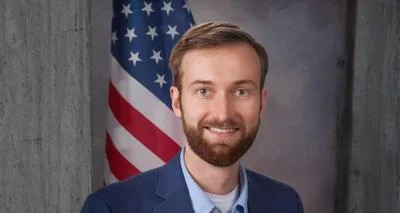Kevin M. Guskiewicz President at Michigan State University | Official website
Kevin M. Guskiewicz President at Michigan State University | Official website
Researchers at Michigan State University’s Developmental Speech Lab have developed virtual reality (VR) simulations to understand how stuttering develops in young children, aiming to improve diagnostic and treatment approaches. The lab, directed by Bridget Walsh, a certified speech-language pathologist and Brandt-Endowed Associate Professor at MSU’s Department of Communicative Sciences and Disorders, is supported by a grant from the National Institutes of Health.
Walsh and her team are investigating why stuttering persists in some children while others outgrow it, as well as identifying factors contributing to speech fluency. “People who stutter anecdotally report that speaking in certain communication situations causes them to stutter more or less,” Walsh said. “Variability is one of the hallmark features of stuttering, and it’s also a significant challenge for people. But it’s difficult to replicate real-world communication situations in a lab setting that would allow us to research stuttering variability.”
The team collaborated with Gareth Walkom, founder of withVR — software providing customizable VR speaking situations for speech therapists and researchers — to create two VR scenarios: a "higher-load" condition involving a virtual classroom circle and a "lower-load" conversation with a virtual pet. Walkom's software has received support from major backers such as Google and the United Kingdom’s National Health Service.
“Gareth developed these scenarios specifically for us,” Walsh noted. Initially designed for adults with scenes like coffee shops, the tool was adapted for young children based on input from Walsh's team.
The VR environments aim to offer realistic contexts that address the challenge of laboratory results often failing to capture real-life speech dynamics. Early sessions involving control participants — children who do not stutter — have recently begun using these VR scenarios.
“We are very excited about the potential of VR,” said Walsh.
The lab features a welcoming spaceship theme to ensure children feel comfortable, encouraging their return for follow-up studies crucial for tracking stuttering development over time.
As the study progresses, the team hopes VR technology will shed light on the intricacies of stuttering variability and lead to more effective therapies. “This research has promising clinical implications for helping those who stutter practice speaking in realistic, controlled environments,” Walsh stated.
Families interested in participating can fill out a survey; the lab seeks families with children ages 3-6 who stutter or children ages 4-6 with typical speech and language.






 Alerts Sign-up
Alerts Sign-up